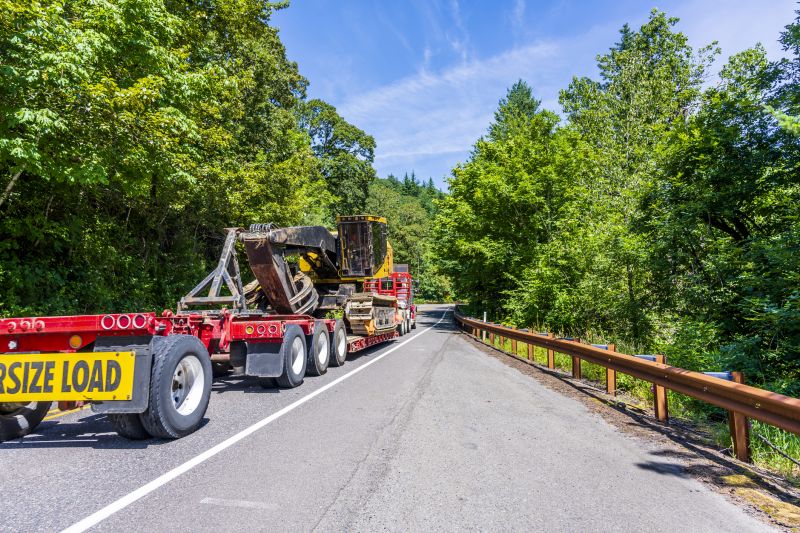Optimal Timing for Heavy Item Moves
Heavy item movings require careful planning to ensure safety and efficiency. Timing plays a crucial role in minimizing disruptions and avoiding peak periods of activity that could complicate the process.
Moving during off-peak seasons, such as late fall or winter, can reduce scheduling conflicts and provide more flexibility for heavy item relocations.
Weekdays, especially mornings, tend to be less busy, allowing for smoother logistics and less interference with regular business or household routines.
Scheduling moves during early mornings or late evenings can help avoid crowds and reduce the impact on daily activities.
Avoiding weekends and the start or end of the month can help prevent delays due to high demand for moving services.

Proper equipment is essential for safe handling of heavy items.

Professional teams use techniques to prevent injuries during heavy item relocations.

Specialized tools facilitate the safe movement of bulky furniture.

Ways to make Heavy Item Movings work in tight or awkward layouts.

Popular materials for Heavy Item Movings and why they hold up over time.

Simple add-ons that improve Heavy Item Movings without blowing the budget.

Proper techniques ensure safety during heavy item relocations.

Efficient loading minimizes damage and injury risks.

Secure transportation prevents accidents and damage.

Careful unloading protects both the items and personnel.

High-end options that actually feel worth it for Heavy Item Movings.

Finishes and colors that play nicely with Heavy Item Movings.

Little measurements that prevent headaches on Heavy Item Movings day.

A 60-second routine that keeps Heavy Item Movings looking new.

A frequent mistake in Heavy Item Movings and how to dodge it.

Small tweaks to make Heavy Item Movings safer and easier to use.

Lower-waste or water-saving choices for Heavy Item Movings.

The short, realistic tool list for quality Heavy Item Movings.
| Factor | Impact on Heavy Item Movings |
|---|---|
| Season | Off-peak seasons offer better availability and reduced costs. |
| Day of the Week | Weekdays can provide less busy schedules for movers. |
| Time of Day | Early mornings or late evenings may offer quieter, less congested conditions. |
| Weather | Dry, mild days reduce risks during moving operations. |
| Demand Levels | Avoiding peak moving periods decreases scheduling conflicts. |
| Availability of Equipment | Certain times may have better access to specialized tools. |
| Personnel Scheduling | Planning ahead ensures skilled labor is available. |
| Traffic Conditions | Less traffic facilitates quicker and safer transport. |



